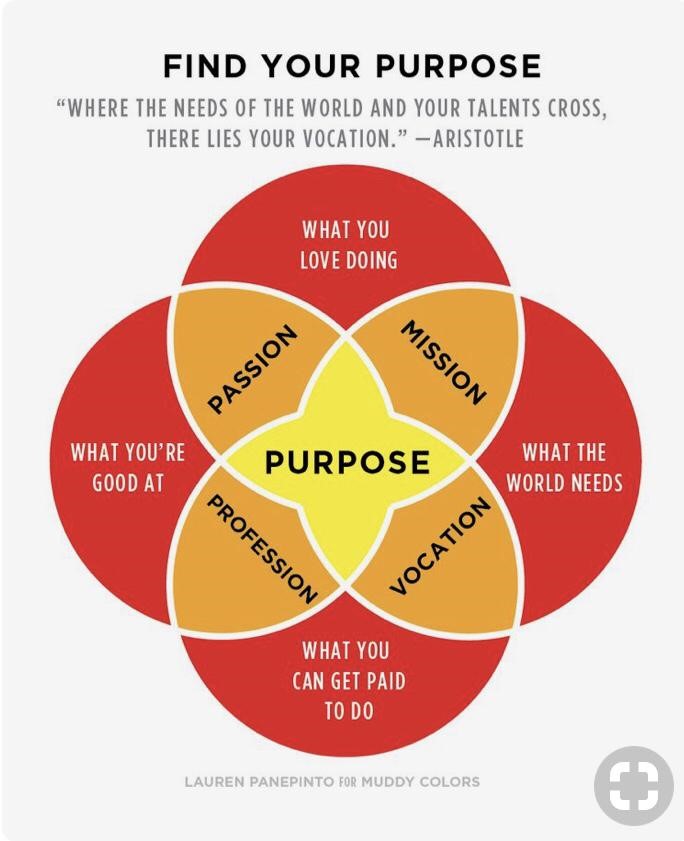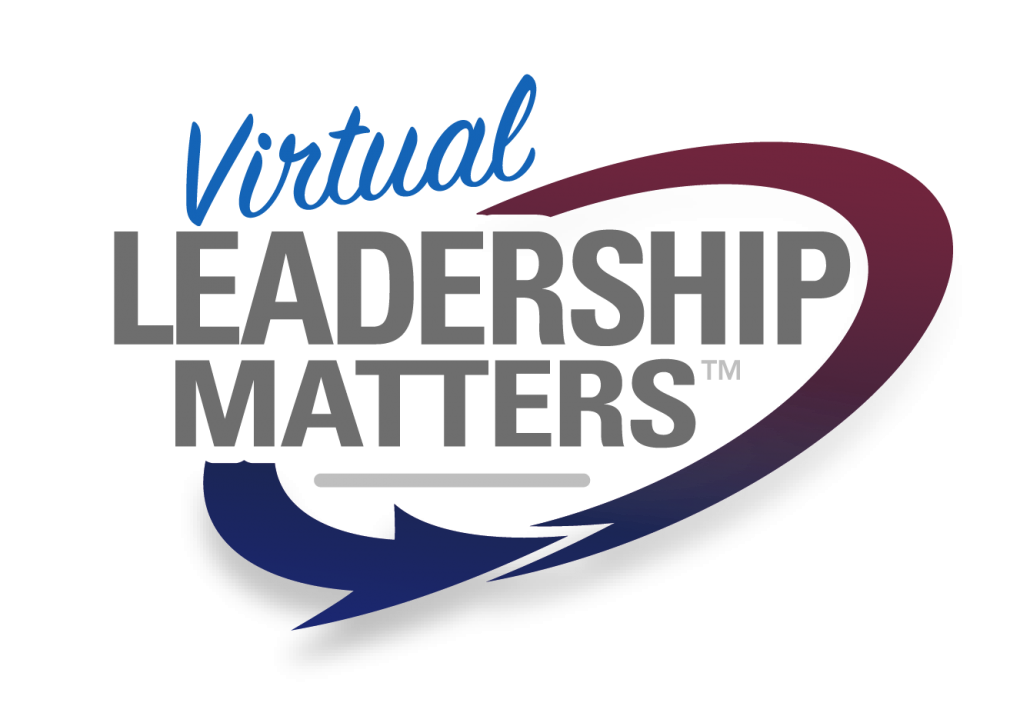Purpose… The New Strategy
In the past seven months since the arrival of COVID-19, much has changed. We heard strategic prophets at the outset talk about how the next two years will bring us the same amount of change anticipated for the coming two decades. Wow, much to assimilate and adapt to so quickly. As millions of people in Canada have transitioned to remote working, many things are different. In general, organizations have not dramatically altered their vision and mission but certainly working processes, systems and the climate within teams have morphed profoundly.
In the deafening noise and commotion around pivoting in this new environment, the phrase ‘purpose is the new strategy’ has rung loudly. With organizations jettisoning long-term strategic planning in favor of looking after the present, purpose has taken on a new vital profile.
Identify a Purpose with Meaning
A few years ago, author Daniel Pink wrote in his book ‘Drive – the Surprising Truth About What Motivates Us’, that the number one motivator for people is the realization that the work they do is meaningful. In times of looming personal and safety risk (COVID-19) this has become even more important as people think about their participation in the workplace and all the effort involved. If the work isn’t meaningful and the rewards corresponding, it’s not likely people will be engaged or even there.
I encountered Juan Pablo Ibarra, the US-based COO of The Mercon Group, in a virtual leadership conference recently. He explained that they are a vertically integrated global green coffee supplier. From headquarters in the Netherlands, they guide over 500 employees in 8 different countries serving clients in more than 40 countries. They are strongly committed to the sustainability of the coffee industry to generate long-term value and benefits for everyone in the supply chain, especially the coffee farmers and their communities. Their purpose is ‘to build a better coffee world.’ Pablo made it clear that the critical ingredient to keeping the teams engaged during the many dramatic impacts from COVID-19, was keeping their purpose top of mind all the time. They are making a difference in the world!
Find Your Why
The meaning that people drive from the purpose in their work stems from host of factors. Certainly, the ‘Why’ the organization exists is principal among them. Organizations could be focused on being client service centric or industry leading or perhaps even driven to serve a greater cause, like the desire Steve Jobs had to ‘make a dent in the universe’ at Apple. They could also be focused on altruism in serving communities or simply maintaining quality employment for their employees as their key purpose. Some organizations are narrowly focused on the financial metrics and wealth generation and that would need to be embraced by employees to foster real engagement. Logically, profit sharing would then be the ‘Why’ that motivates.
Why think about purpose? Our purpose or the ‘why’ we do things, naturally emanates from the mission, vision and values within our organization. When we enjoy personal alignment of our own purpose to the organizations there is a higher probability of synchronicity and productive engagement. Our sense of purpose influences our conscious and subconscious thinking and thereby our emotions positively or negatively and ultimately, our habits and behaviors.

As humans, our purpose or ‘Why’, drives our behaviors in profound ways and we need to understand that to be successful and engaged. During the COVID-19 crisis it is particularly important that leaders talk about the purpose of the organization but also ensure that it is clear for individual teams, individual people and specific jobs and work assignments. Great benefit accrues from taking the time to ensure there is clarity of purpose within the team and for specific individuals. That sense of purpose and then be sub-defined for key groups to ensure relevance is sustained these critical stakeholders: clients, team members, communities and business partners or suppliers. Having a keen sense of who they are and what they expect will go a long way in delivering to their expectations or perhaps even beyond, which would be ideal.
Diligently Communicate Purpose
In summary, our suggestions for leaders are firstly, to remember that purpose is the ‘new strategy’ so, regular references to mission, vision and values for the organization and defining the purpose for specific jobs and assignments are critical. Secondly, use routine polling of the team’s level of engagement with purpose to being vigilant to the likely need to course correct and attempt to nurture greater alignment. This is what leaders must do, tell the story of ‘why’ the organization exists and ‘why’ the work is important so people will remain productively engaged and organizations with endure to thrive again.
The Author
David Smith, BComm, CMC, ACC, RPM has over 30 years of experience as an organizational leader and a decade as certified executive coach, facilitator and management consultant. He has served as a corporate executive (CEO), business owner and entrepreneur in multiple start-ups in different industries including one of Canada’s ‘50 Best Managed Companies’ and is Co-Founder of Virtual Leadership Matters Inc.



